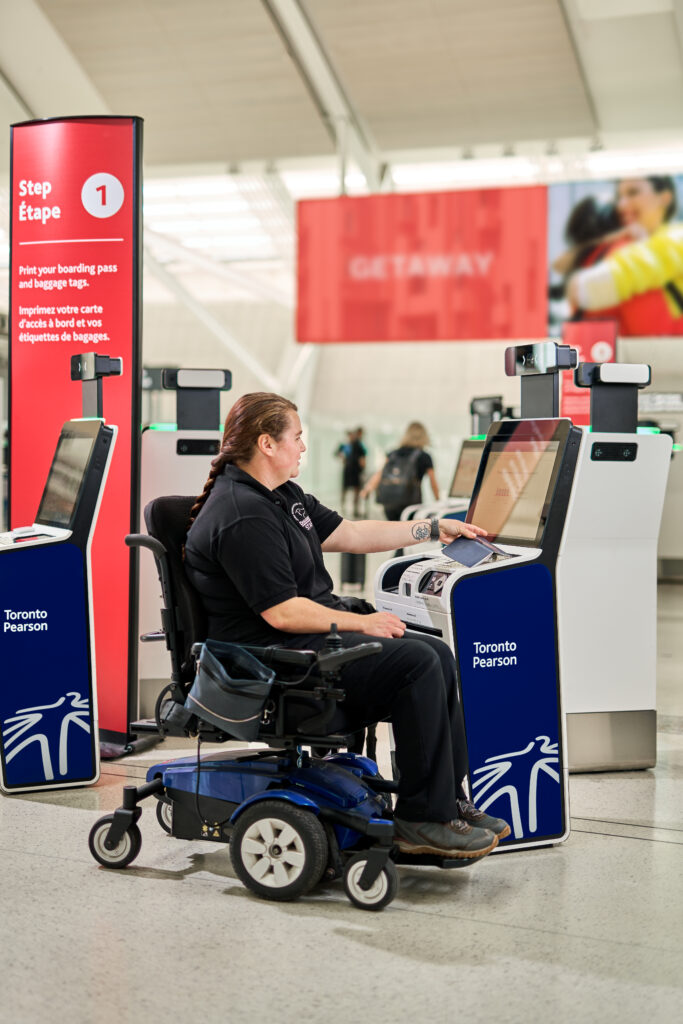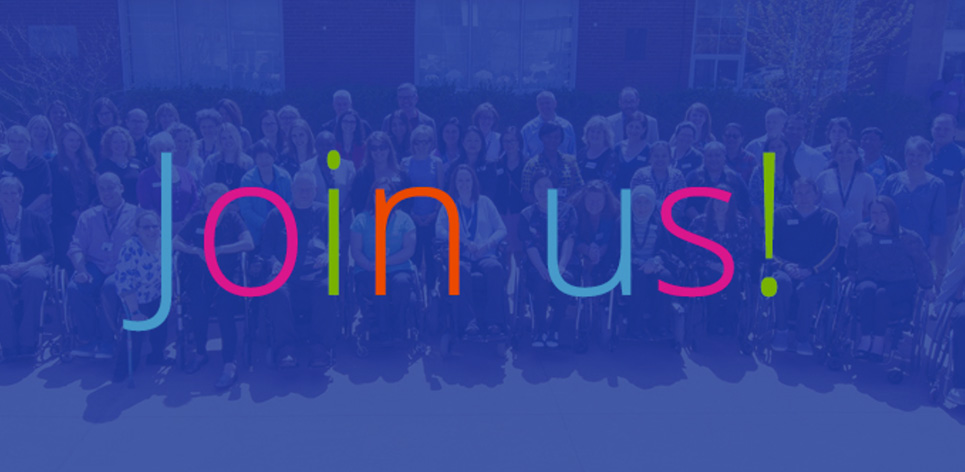International Day of Persons with Disabilities — December 3
Travel should spark excitement not anxiety. Yet for many people with spinal cord injuries or other mobility disabilities, the airport experience can feel intimidating, unpredictable, and overwhelming. That’s exactly why the Greater Toronto Airports Authority (GTAA), in partnership with Air Canada and Spinal Cord Injury Ontario, is launching a brand-new Accessible Air Travel Orientation at Toronto Pearson International Airport on December 3, aligning with the International Day of Persons with Disabilities.
For Kathy Saliba, Passenger Care Manager at GTAA, the timing couldn’t be more meaningful. “We always try to do something around key observances, and this is such an important day,” she shared. “We’ve seen amazing feedback from similar rehearsals out West, and we wanted to bring that same experience to Ontario.”
A Hands-On, Confidence-Building Journey
The orientation gives participants the chance to walk the full airport journey—from arrival, to check-in, to security, to the departure gate—without the pressures of real travel day timelines. While participants won’t board an aircraft, the experience goes right up to the gate, where GTAA teams will demonstrate aisle chairs, EcoLifts, and boarding support equipment. This behind-the-scenes look helps travellers—and their families or caregivers—feel more prepared, informed, and empowered.
Kathy describes the goal clearly: “Travel is possible. We’re here to help make that happen.”
Why Rehearsal Matters
This orientation builds on Pearson’s growing focus on travel rehearsal programs, which have become extremely popular across disability communities.
Pearson already runs Ready Set Fly, a large annual rehearsal for families and individuals with autism, in partnership with Autism Ontario. The positive response to that program sparked a bigger question: What about people who are newly paralyzed? Newly blind? Travelling with aging parents? Or simply out of practice navigating a large airport? The answer was Pearson’s new Travel Rehearsal Program, launched quietly this summer and already booking months in advance. Participants receive personalized tours based on where they’re flying, including a trip through security and the chance to talk to border officers—all before their real travel date.
“It gives people a lay of the land,” Kathy explains. “When they come back for their flight, they know where they’re going. You can actually see their confidence grow.”
Innovation at Pearson: Accessibility in Action
Pearson’s accessibility work doesn’t stop with rehearsals. Some recent and upcoming improvements include:
Aira for Blind and Low-Vision Travellers
Pearson’s partnership with Aira continues to expand—now also offering sign language support through the app, allowing travellers to connect instantly with live assistance.
Digital Boarding Announcements (Proof of Concept)
Pearson is testing technology that delivers gate announcements straight to travellers’ phones, reducing the need to wait near crowded monitors or audio-only announcements.
Ongoing Accessibility Training for Staff
All GTAA employees receive accessibility training, with enhanced refreshers for front-line staff. A Vision to Become “The World’s Most Accessible Airport”
Pearson aims for every traveller to move through the airport with independence, dignity, and delight.
Working Together: Why Community Partnerships Matter
SCIO’s collaboration with Pearson is relatively new—but incredibly important. Kathy shared that building stronger partnerships with disability organizations has been a priority.
“You are trusted partners. We wanted to ensure that physical disabilities were fully represented, and this partnership helps us learn directly from lived experience.”
Feedback: The Heart of Accessibility Progress
Every rehearsal, every tour, and every new idea is built from feedback. Pearson shares feedback with airlines, security agencies, border officers, and its own leadership to ensure accessible travel is a shared responsibility.
Looking Beyond December 3
While this event is the first of its kind in Ontario, GTAA hopes it won’t be the last.
“If the feedback shows it’s valuable—and I believe it will—we want to keep growing and repeating it,” Kathy said.
A Message to Travellers with Disabilities
“Air travel is possible—and we’re here to help. Reach out to us, learn about the tools available, and let us support you in feeling confident and excited about travelling again.”


